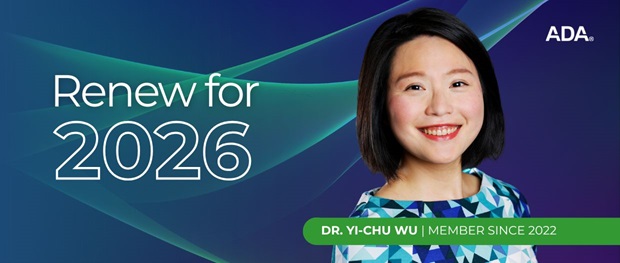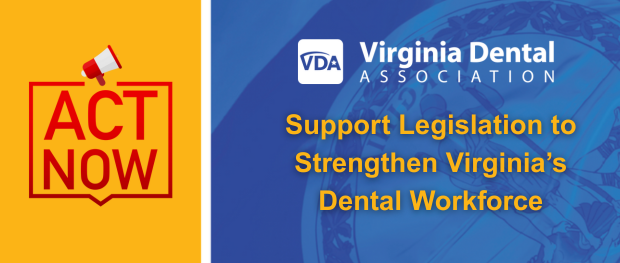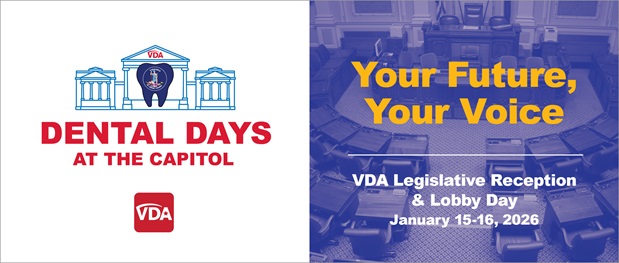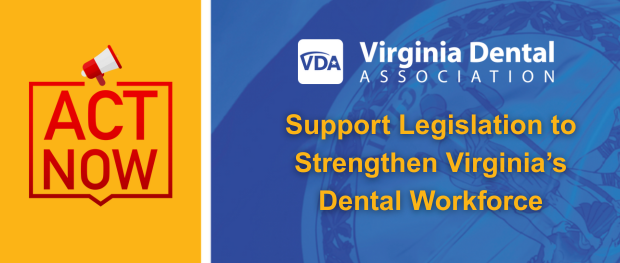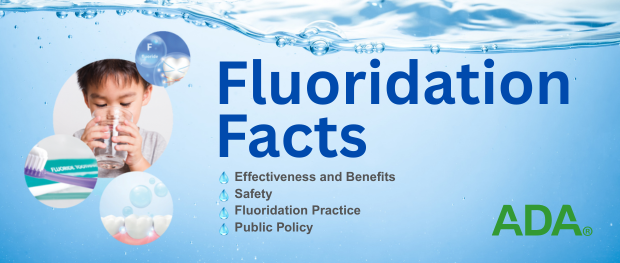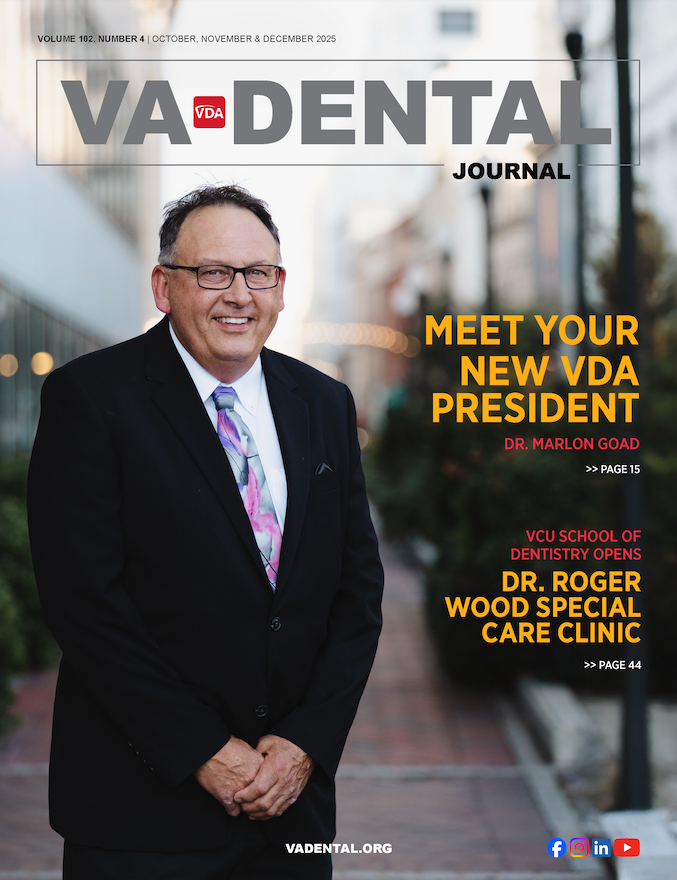EPA amalgam separator rule, state and local issues - UPDATE
Dentist surveys: The ADA has been made aware of some municipalities and other local governing bodies across the country sending surveys to dentists. Local governments are using these surveys to find out how many dentists practice in their jurisdiction and to determine how many of those dentists already have separators in preparation for the issuance of the final Environment Protection Agency (EPA) rule.
As introduced in its initial draft version, the proposed EPA rule would have a wide-reaching impact on state and local governments – specifically the municipal sewage agencies, also known as publicly owned treatment works, or POTWs – who would likely shoulder the responsibility of enforcing compliance with the rule.
Understandably, many of these POTWs and local governments are concerned about having the adequate staff and budget resources to enforce the proposed EPA separator rule when it becomes law.
Dentists, however, may find these surveys to be confusing and intimidating. Certainly, the surveys are premature – especially since the proposed EPA rule is not expected to be finalized until the summer of 2016 <http://www.ada.org/en/advocacy/advocacy-news/may-19-epa-rule-extension> , and the reporting and enforcement provisions of the rule have not been finalized.
In addition, prematurely implementing local ordinances or regulations in preparation for the rule may conflict with existing laws in these jurisdictions, and may reach beyond the limits of the final EPA rule.
We urge any state or component dental associations to contact ADA staff at the email address below if they become aware of any cities or local governing bodies contacting dentists directly with any surveys or questionnaires related to amalgam separators or environmental discharges from dental offices.
Correcting misinformation: We’ve also been informed about municipalities and vendors – intentionally and unintentionally – sending inaccurate or misleading information to member dentists.
Some cities have sent letters to dentists informing them of the upcoming EPA rule that include exaggerated or incorrect information. In these cases, we recommend that dentists or dental society staff either meet with city officials or send a response letter politely correcting the inaccuracies.
Most city officials we’ve encountered want to work collaboratively with dentists on pretreatment issues. Whenever possible, we urge members to be non-confrontational and offer to serve as a resource to the city.
We have also seen letters sent from amalgam separator manufacturers to potential customers that contain misleading information in an effort to scare dentists into buying separators.
It’s important to note that the final rule will almost certainly exempt some dentists from being required to purchase separators. Also, it’s still unclear as to what type of separator capture efficiency – either 95 or 99 percent – the final rule will require.
It’s also noteworthy to mention that the ADA Business Resources’ first “endorsed” separator, HealthFirst <http://www.healthfirst.com/dental-waste/ADA/index.html> , features a greater than 99 percent capture efficiency, and is available for purchase to all ADA members.
Next Steps: The ADA has been heavily engaged in this rulemaking process with the EPA, and has submitted comments <http://www.ada.org/en/publications/ada-news/2015-archive/february/ada-offers-comments-to-improve-epa-separator-proposal> on how the rule can be improved to minimize the burden to dentists.
We continue to remain in regular contact with the EPA, the National Association of Clean Water Agencies and other stakeholders. We will continue keep you updated on any significant developments prior to the final rule being issued in the summer of 2016.
In the meantime, please contact Jeff Troupe troupej@ada.org with any questions or concerns.

